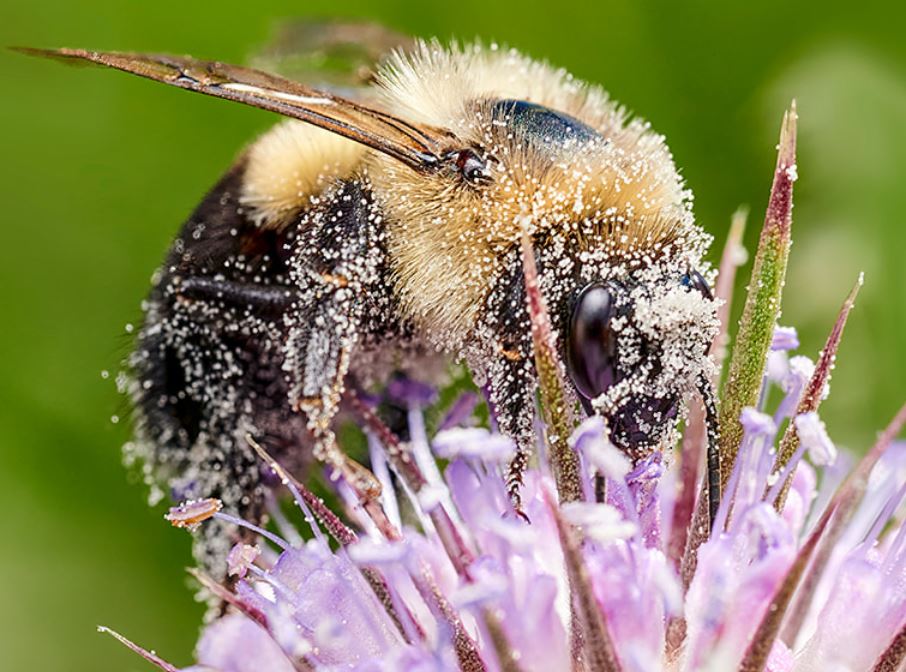The Hidden Crisis: Pollinators and Air Pollution
Air pollution, a pervasive and insidious environmental challenge, extends its deleterious reach beyond human health, now jeopardizing the intricate dance of pollination vital to ecosystems and agriculture. Recent research reveals that pollutants in the night air can degrade the fragrances of night-blooming flowers, creating obstacles for nocturnal pollinators like moths.
Pollution’s Assault on Floral Fragrance
The evening primrose, known for its delicate, alluring scent, becomes a casualty when its fragrance molecules collide with certain pollutants. A study published in the February issue of Science delineates how chemicals such as ozone and nitrogen dioxide, prevalent in industrialized regions, dismantle these scent molecules. This destruction disrupts the navigational cues essential for nocturnal pollinators, impeding their ability to locate the flowers.
The Experiment: Simulating Night-time Pollution
Researchers from the University of Washington conducted meticulous lab and field experiments to elucidate this phenomenon. They collected scent molecules from the pale evening primrose (Oenothera pallida) and introduced them into a wind tunnel populated by hawk moths. Initially, the moths adeptly followed the fragrance, but the addition of pollutants like ozone and nitrogen dioxide resulted in disoriented, erratic flight patterns.
Dissecting the Impact: Monoterpenes Under Attack
The study identified monoterpenes, specific aromatic compounds within the primrose’s fragrance, as primary cues for the moths. When these compounds encounter nitrate radicals produced by the interaction of ozone and nitrogen dioxide, they fragment, effectively stripping the flower of its scent. This subtle yet significant alteration was enough to deter the moths, analogous to blindfolding a person and asking them to find a cup of coffee.
Field Observations: Real-world Implications
To validate their laboratory findings, the researchers, led by ecologist Jeremy Chan, planted a combination of real and artificial primroses in a field 280 kilometers east of Seattle. Some artificial flowers emitted pure primrose fragrance, while others released a combination of fragrance and chemicals that generate nitrate radicals. Cameras recorded moth visits, revealing a stark contrast: moths frequented the unpolluted flowers two to three times per night, while visits to polluted blooms plummeted to less than one.
Broader Implications for Ecosystems and Agriculture
This research underscores a critical, often overlooked impact of air pollution. As Joel Thornton, an atmospheric scientist at the University of Washington, emphasized, “It’s really going deeper … affecting ecosystems and food security.” Pollination is a linchpin of agricultural productivity and the health of native plant species. The disruption caused by air pollution can cascade through ecosystems, affecting crop yields and biodiversity.
The Call for Action: Mitigating Air Pollution
Mitigating air pollution’s impact on pollinators demands a multi-faceted approach. Stricter regulations on industrial emissions, innovative pollution control technologies, and increased public awareness are essential. Protecting the delicate interplay between flowers and their pollinators is not merely an environmental concern but a fundamental aspect of ensuring food security and ecosystem resilience.
Conclusion: The Urgency of Addressing Air Pollution
The study on air pollution’s effect on night-blooming flowers and their pollinators highlights an urgent environmental crisis. As pollution continues to alter the natural world in unforeseen ways, comprehensive strategies to mitigate its impact are imperative. The health of our ecosystems and agricultural systems depends on safeguarding the fragile bonds that sustain them.
Summary Table
| Key Learning Points |
|---|
| Air pollution degrades floral fragrances. |
| Pollutants like ozone and nitrogen dioxide are culprits. |
| Nocturnal pollinators struggle to find flowers with polluted scents. |
| Monoterpenes in flower scents are crucial for pollinator navigation. |
| Laboratory and field experiments confirm findings. |
| Air pollution’s impact extends to ecosystems and food security. |
| Mitigation requires stricter regulations and innovative technologies. |

Sunil Garnayak is an expert in Indian news with extensive knowledge of the nation’s political, social, and economic landscape and international relations. With years of experience in journalism, Sunil delivers in-depth analysis and accurate reporting that keeps readers informed about the latest developments in India. His commitment to factual accuracy and nuanced storytelling ensures that his articles provide valuable insights into the country’s most pressing issues.



